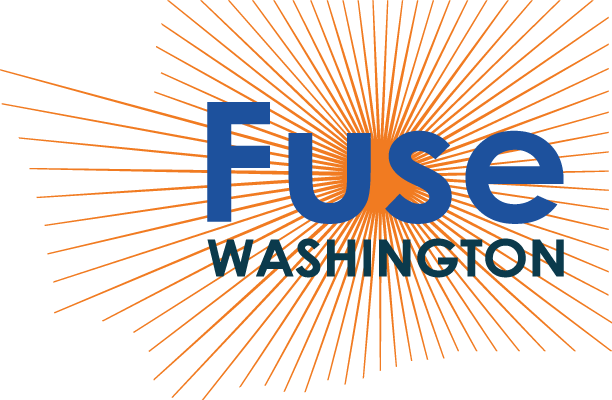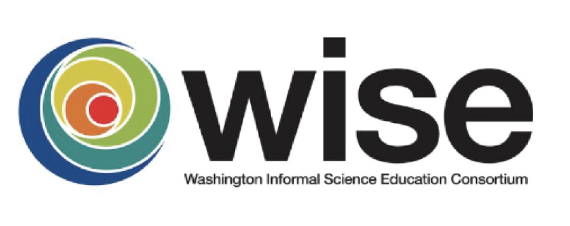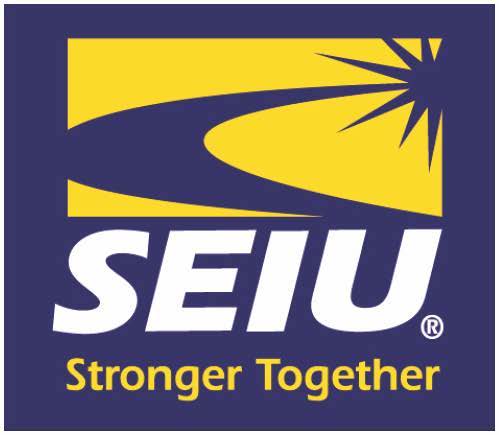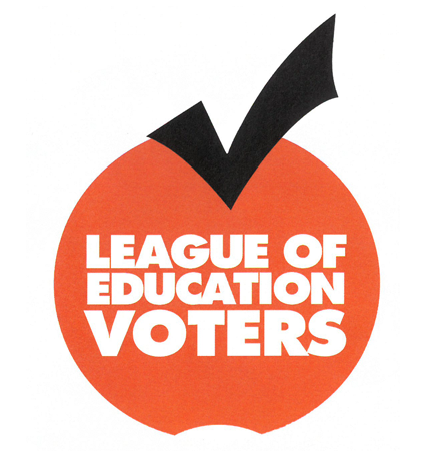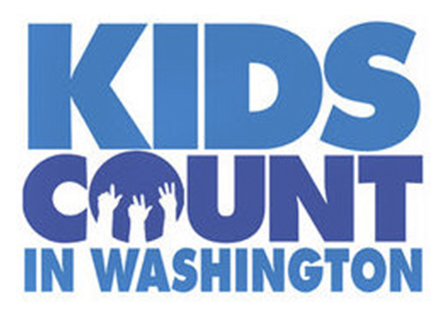When branding does its job, storytelling is transformed.
A powerful mission, distilled into effective words and pictures, allows the entire organization to speak in one, compelling voice.
Consensus is easier, time is better spent, and the story sticks.
The reality is, branding is often an expensive, frustrating exercise for groups that takes months to get done and then winds up ignored in day-to-day messaging.
We are sometimes the team that organizations come to after they’ve spent their branding budget. They have piles of paper but no strong, simple strategy to move ahead.
Here’s how we’re different than a lot of people who offer branding:
1. We focus on the most important tools the client will need to persuade their specific audience.
Mission statement. Why the organization exists. What it can be held accountable to achieve.
Elevator speech. How to convey the organization’s story in several sentence. Short enough for every member of the team to remember and take to heart. Long enough to include the distinctives that make the organization powerful and different from others.
Descriptor. The organization’s identity and purpose in a phrase.
Characteristics and personality. Clients find different versions of this step useful. Some like to think of their organization in terms of specific description while others find it compelling to think in terms of personality traits to help guide message tone and content. We can do both, either, or neither, depending on usefulness to the team.
Tagline. The persuasive claim or call to action that lives with the logo and logoform.
Logo if needed.
Style guide that makes it easy for team members to use all elements of its branding tool box or “suite,” from colors to font styles and guidance on usage.
2. We move quickly.
The blunt truth? People who charge a lot for branding are motivated to load it up with information that few in the organization will retain, and they tend to take a long time doing it. This is what we ask of our clients:
Think before we meet about what matters to the group – as an organization and to each individual taking part. Write down what you think is terrific, what need tweaking, and a few stretch goals. What would you be if you were at your very best moving forward?
Branding retreat. No, we don’t take you to the woods for a weekend out of your personal time. Although we love the outdoors and are happy to go if that’s what you like. Our goal is to limit the retreat portion to just four hours. Over more than 30 years, we’ve learned that half a day is what most people can handle before their best thoughts slip out the window.
We quickly review perceptions of the organization and its message, what it needs to accomplish through its story, who needs to hear it, and most important, what that story must include. We review group mission, current objectives, characteristics and personality, and then begin to dig into initial solutions.
First presentation of branding strategy. Within 10 days, we give the team something tangible that they can dig into and begin to create true consensus. With brainstorming rules, all voices and ideas are welcome.
Revisions and additions from the team and additional executions by us.
Second presentation of branding strategy. Client feedback now incorporated, with additional tweaks welcome as needed.
Application of the new brand suite. Some clients request this, and some don’t, depending on how much in-house capacity they have for execution. Following the style guide, This step usually begins with letterhead, business cards, signage, electronic usage, and other communication tools.
3. We stand behind your brand.
We’ve heard stories of creatives expect a great deal of time and effort from clients on branding, then disappear after delivery of the branding suite. Part of our brand throughout the years has been, the work isn’t done until the client is satisfied. And stays satisfied. We’re partners in your progress.
When you whittle down branding to the basics and involve team members in an authentic dialogue, epiphanies happen. Most common: that the organization has changed from its original mission and the story the group wants to tell requires change in the organization itself. This is a positive revelation, without exception over three decades. Through branding, clients often see themselves in a more accurate and empowering perspective.


